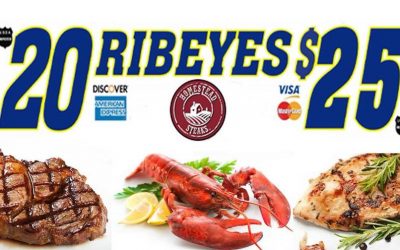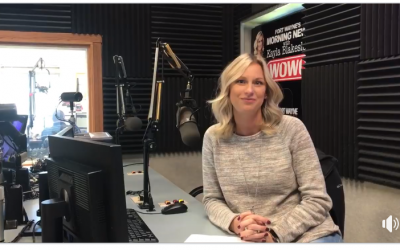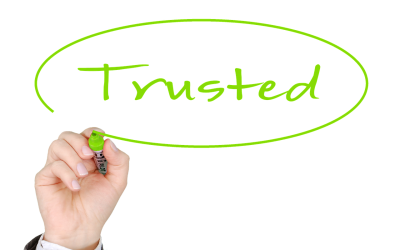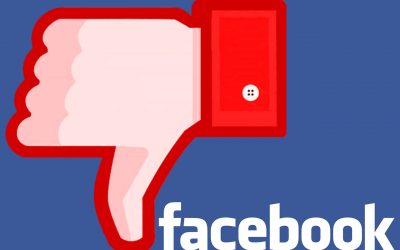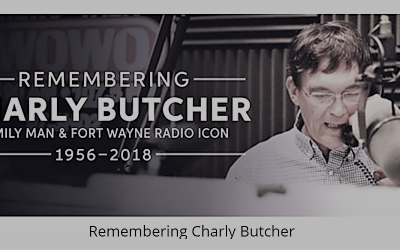How long are you and your business planning on staying around? Are you here for the short term or long term? That's an important question that we as consumers want to know. As we enter the holiday season there are certain types of businesses that are seasonal and by...
WOWO Fort Wayne Radio Advertising with Scott Howard
A New Era at WOWO Radio
WOWO Radio, the radio station I work for and one of the stations I grew up listening to has promoted our News and Program Director, Kayla Blakeslee. Starting Wednesday 10/16/18, Kayla has become the new host of Fort Wayne's Morning News on WOWO. What makes this...
Everyday is the Best Day
I read a lot. Not as many books as I used to before the internet, but I read all kinds of stuff. I read everyday. I bet you do too. Sometimes I am asked by business people, what is the best day to advertise? Everyday is my usual answer. Recently I was reading an...
The Answer To The Tree Falling In The Woods
It's still September as my fingers tap out these words. They are words of Irony and a couple of Marketing lessons for you and me. First, I'll share with you the full meaning of the title of this article and podcast, followed by a couple of examples and together we...
Connections and Relationships
Changing your logo won't make you rich. Advertising your brand might be worthless. Instead, if growing your business is important, focus on Connections and Relationships. I do a lot of reading and observing. I take pride in the fact that I have a pretty diverse...
Don’t Be Social Media Stupid with Your Business
If you don't own it, you and your business are at risk. Years ago, my friend Kevin Mullett and I had this discussion and it's true. Don't Be Social Media Stupid with Your Business. Let me explain. Facebook is the world's largest Social Media platform and they offer a...
Help People Buy
Today, I have a few key tips for anyone in the business of sales, which is not limited to people who sell for a living, but nearly all of us. The three words I want you to remember is: Help People Buy. This month, the company I work for, Federated Media, experienced...
Make It Easy
The topic for this week is: Make it Easy. I'll start with some questions. How easy is it for someone to do business with you? How easy is it for someone to get an answer to a question? How easy is it for someone to find you online? How easy is it for someone to call...
#RememberCharly Butcher of WOWO & WMEE Fort Wayne
Photo provided by WOWO.com There are a lot of postings online about the sudden and unexpected passing of my friend and co-worker Charly Butcher. I took some time to find some video's that give a glimpse into the Charly we all know and love, but first a run-down of...

